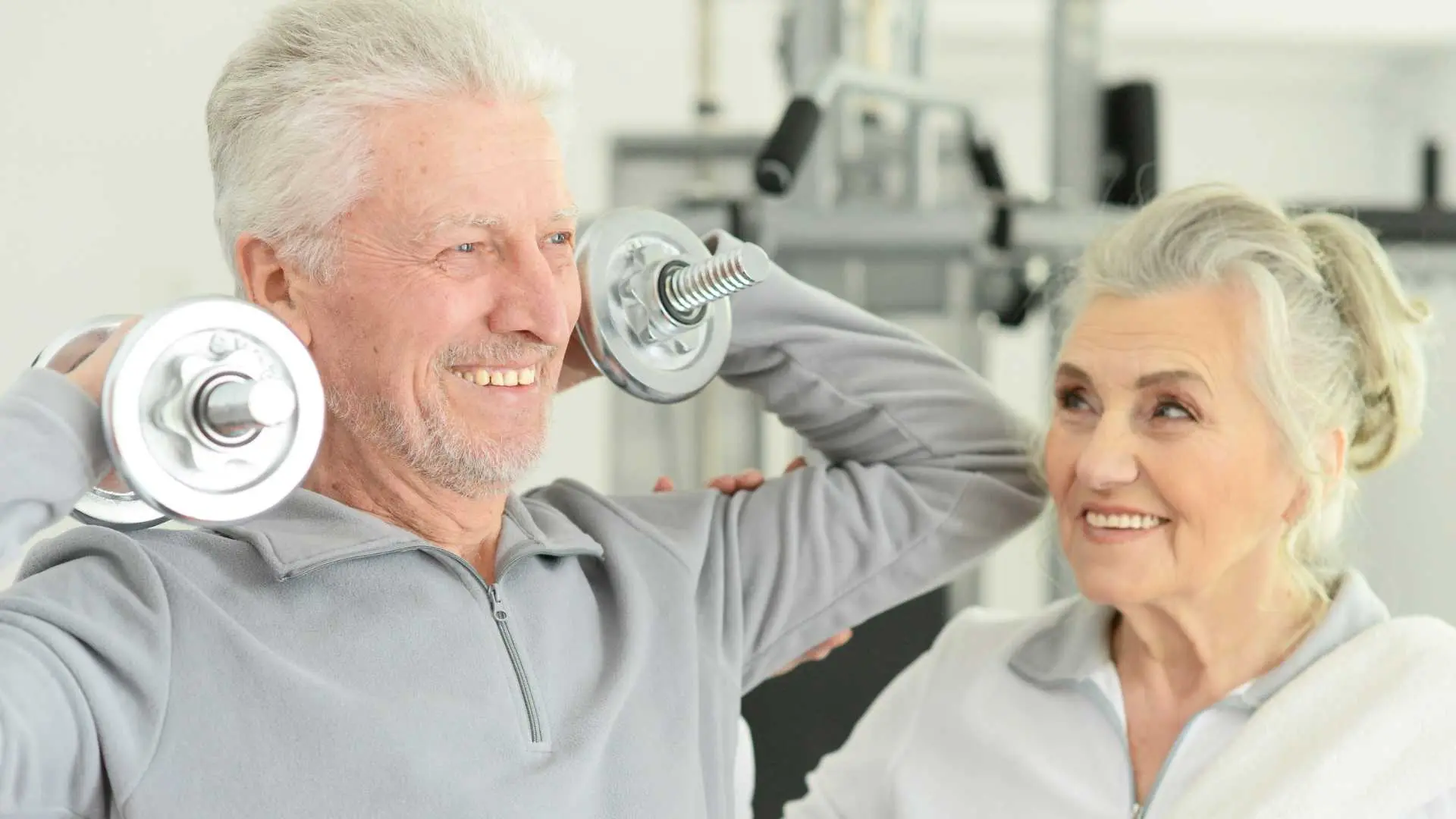
The ultimate goal of ageing well is to maintain your independence which means still being able to get around, think well, and physically do what you need to look after yourself and enjoy your life.
It all comes down to maintaining good mobility which means maintaining your muscle strength.
Sarcopenia is age-related muscle loss and can begin as early as age 35. Typically, a person over 35 loses 1-2% of muscle mass per year. After the age of 60, this can accelerate to 3% per year.
Weaker muscles reduce your ability to
Oestrogen and testosterone are anabolic meaning these hormones help build muscle. Unfortunately, as we age, these hormones decline, meaning muscle breakdown can quickly overtake the rate of muscle building. For women, this becomes especially evident post-menopause.
Don’t be fooled if you are ageing and you don’t see your weight going down. It may just mean that muscle is being replaced by fat.
Muscle loss with ageing is not a foregone conclusion because it is not the only factor involved. Disuse of muscles plays a huge role, making exercise, movement and strength training hugely important for ageing well. Other factors which can increase the rate of muscle loss include:
Protein consumption is the next most important thing because it provides the amino acid building blocks needed to create muscle tissue. As we age our need for protein increases due to this muscle loss and the fact that our ability to break down and utilise protein declines with age.
Of course, loss of muscle mass is not the only consequence of ageing and low activity levels. In addition to sarcopenia, you may come across the terms osteoporosis (loss of bone mass), immunosenescence (a decline in the function of the immune system) and inflammaging (an increase in low-grade systemic inflammation). Each a subject for their own blog.

